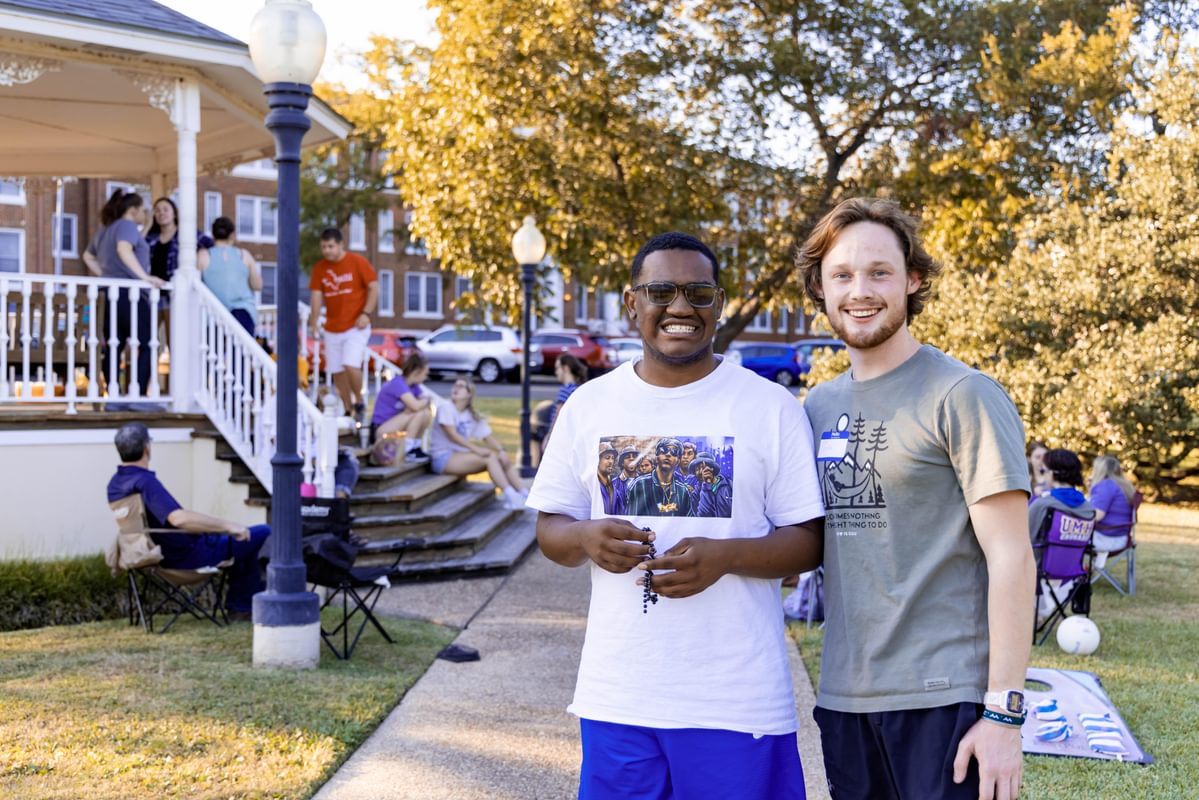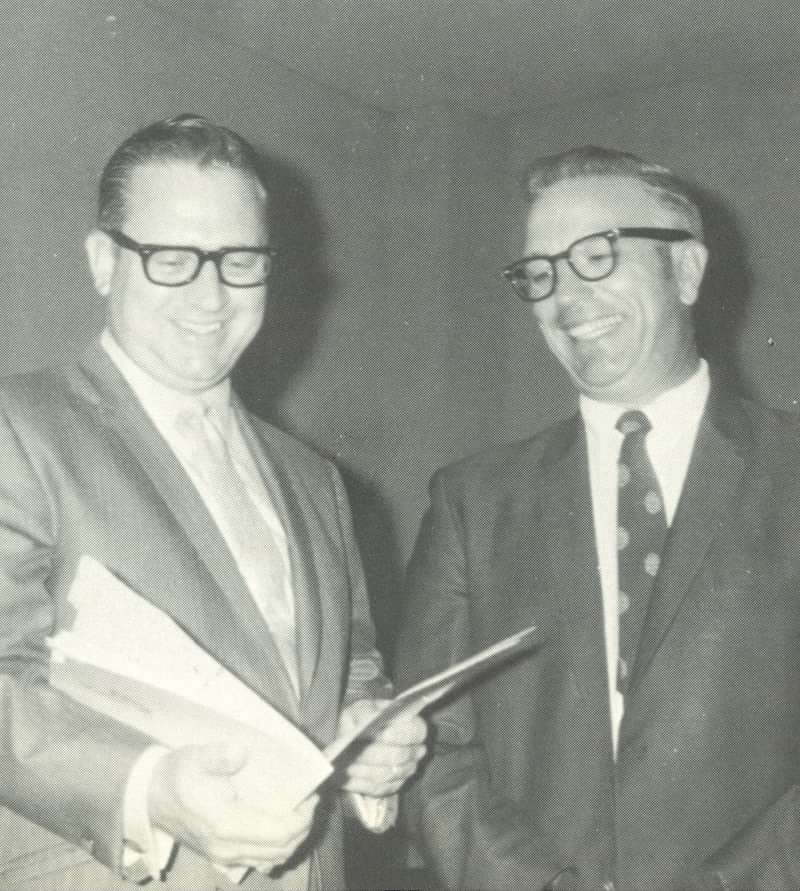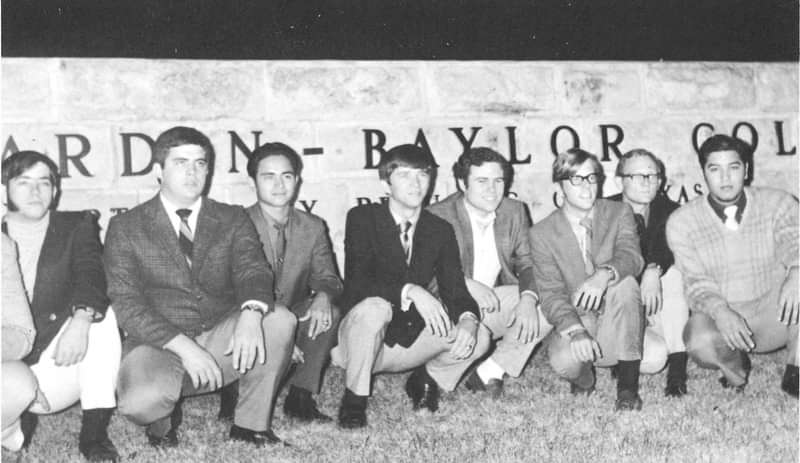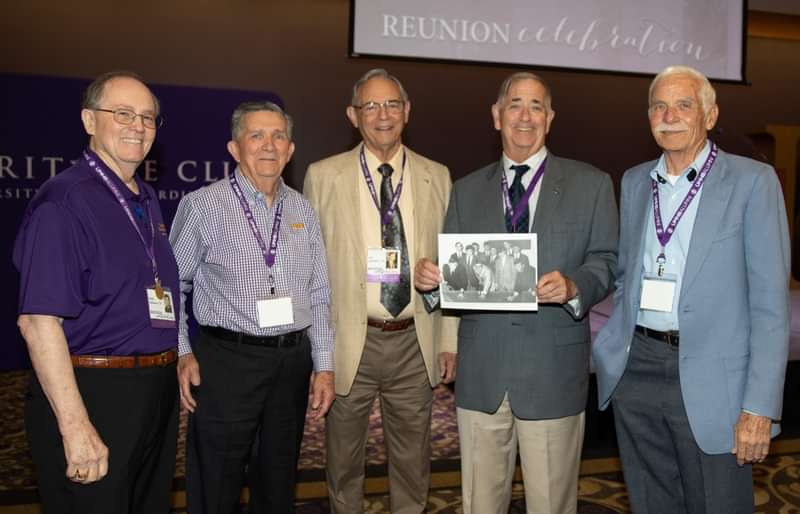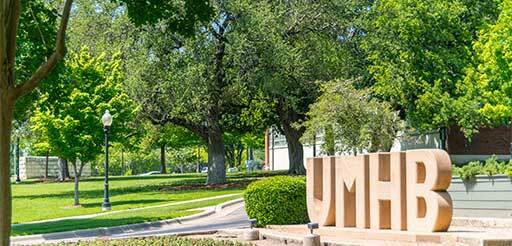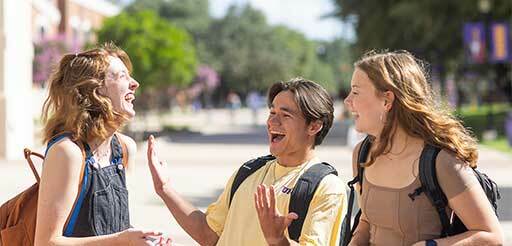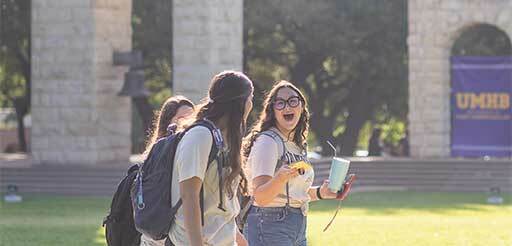HOW IT ALL STARTED
Seeing men on campus attending classes wasn’t unusual. It had been the norm since 1922, when the acclaimed John C. Hardy had served as president. He created the “Campus Boys” program, a select group of 12 upstanding young men who lived on campus and worked in exchange for tuition. Throughout the years, other male “day students” were allowed to attend classes and obtain up to 90 hours of coursework. When the male students reached 90 hours, however, they had to finish their degrees elsewhere, and the nearest schools that offered bachelor’s degrees were in Austin and Waco.
In the spring of 1968, the board of trustees recognized that it was a hardship for men to leave Belton to finish their schooling, especially when many of them were married and starting families. The board decided to allow men to be granted degrees “as a community service.” Men were finally allowed to finish their degrees at Mary Hardin-Baylor!
However, because of the resistance, male graduates were not allowed to walk the graduation stage to receive their diplomas with their female classmates, but instead had “special arrangements.”
The first male graduate, James P. Smith, a soldier from Fort Hood, quietly received his diploma in 1968. In 1969, the male graduates received their diplomas at a baccalaureate ceremony the day before the women walked across the stage. Two years later, the males were allowed to be in the chapel for the graduation ceremony, but not to march across the stage.
“We sat on the left side of the auditorium and they brought our diplomas to us on the side,” said Bill Elliott ’71. “I didn’t feel bad. I sort of chuckled. I knew everybody in the class and we were all together, so it didn’t matter at the time.”
According to Carol Younger’s biography, The Parker Years: A Bridge to the Future, the board of trustees knew that the current practice of graduating men (but not permitting them to participate in any campus activities like graduation ceremonies) was “not only wrong but illegal.”
In July, trustees realized they had to make a decision. Faced with breaking federal regulations concerning accreditation, the board was forced to either return to the status of an all-women’s school (which would have led to bankruptcy) or embrace the idea of going coed. To make matters even more complicated, Dr. William Tanner, who had served as president the last three years, had just left to serve as president at Oklahoma Baptist University. In his absence, Dr. Bobby Parker, who had worked as vice president for the last two years, was named interim president until trustees could find a new president. Even though Parker was known for wearing a proverbial “black hat” during his tenure as vice president, faculty, staff, and others wrote letters to the trustees in support of Parker taking the helm during this tumultuous time. He was named president, effective Aug. 1, 1971, just eight days after the college had gone coed.
“If it hadn’t been for Bobby Parker, we wouldn’t have a university,” said Bobby Johnson ’76, who worked under Parker’s administration as director of alumni development.
Even though Parker bore the brunt of those who were opposed to going coed, he forged forward with a new vision and new ideas to help the school stay open.
It wasn’t an easy path by any means, said Parker’s wife of 53 years, Marietta Parker, who is now 96. Just like it was yesterday, she remembers serving alongside her husband those first few years after going coed.
“In (Younger’s) book, it sounds like everyone was just thrilled to death that he was named president, but that was not so,” Marietta recalls.
“Half the faculty was aggravated, many of the alumnae were opposed to it, and we were a million dollars in debt,” she said. “Everyone said they wouldn’t blame Bobby for going coed, but they did.”
The Parkers received threatening letters and calls, but trudged ahead. “I have told people that I was the mother of coed of Mary Hardin-Baylor and it was a long and painful birth!” Marietta said with a laugh.
According to Gayle Crain, who served as interim alumni secretary during the first year after going coed, “Dr. Parker saw the direction that the college needed to go and led in that direction—at great cost to himself. He endured a great deal of opposition and criticism from opponents, but he stood fast and provided leadership that led to the development of a university that serves hundreds more students per year than we ever dreamed possible just a few years before.”
Younger wrote that Parker's presidency “will go down in future history books as a time of healing, growth, expansion, and significant stretching toward the goal of academic excellence.” Forging a new path under Parker’s leadership, the almost bankrupt college’s financial condition began to improve and by the early 1980s found itself standing on solid financial footing.
